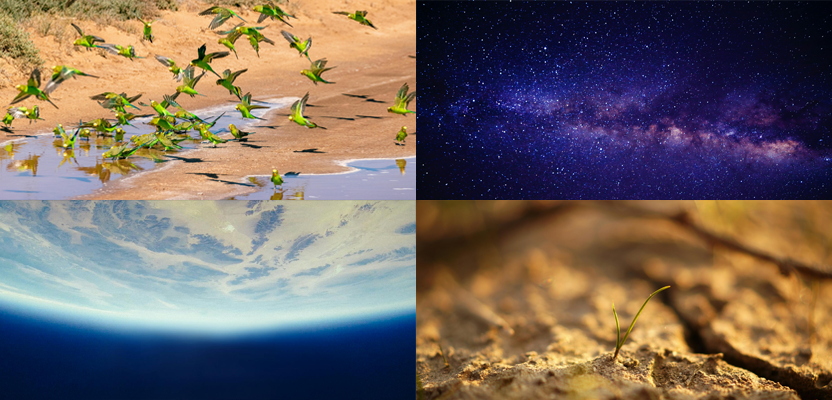.jpg)
The Palaszczuk Government has approved a $1.2 million pilot to help graziers and landowners come up with cost-effective solutions to address the impacts of gully erosion on local waterways and the Great Barrier Reef, and protect the state’s great lifestyle.
Environment Minister Meaghan Scanlon said the million-dollar investment would fund a range of on-ground remediation work and research at the Spyglass Research Station in the Burdekin region, building on the $270 million for the reef locked in by the Palaszczuk Government.
“The Palaszczuk Government takes our responsibility to the reef seriously,” Minister Scanlon said.
“We’ve invested close to $1 billion to protect the reef, and we’ll continue to do so.
“The Reef is crucial not just to our environment but to Queensland’s economy, generating around $6 billion annually and supporting more than 60,000 good jobs.
Minister Scanlon said gully erosion occurs over time when rainfall or floodwater washes away soil along natural drainage lines or around roadways and dirt tracks.
“The soil enters waterways where it becomes suspended sediment and reaches the reef where it blocks the light that seagrasses and corals need to grow.
“But land with poor levels of vegetated ground cover can leave the soil exposed and vulnerable and surface runoff can be directed into the drainage lines, which can form gullies.
“Farmers understand issues that gullies can cause, and that’s why we’re working with the Department of Agriculture and Fisheries and grazier groups on this $1.257 million gully erosion project.
“We want to develop cost effective gully remediation techniques that can be used across Queensland, especially in reef catchment areas.
“This project will help improve the way farmers manage their gullies, provide work for local contractors and the results will be assessed through local water quality monitoring.”
Issues caused by gully erosion include:
- Property access and management issues
- loss and degradation of productive land
- destruction of farm infrastructure
- sedimentation of waterways, dams and lower paddocks
- excessive sediment in runoff in reef catchments
- smothering of coral and seagrass and reduced light availability
Minister Scanlon said the project is scheduled to run until June 2026.
Video grabs are available here:
Drone vision is available here:







